Mozambique: Xai-Xai water supply disrupted
More than 2,000 still stranded in Dondo

Photo: O País
Twenty-six days since the Cyclone Idai and its attendant floods hit the central part of Mozambique, and the province of Sofala in particular, there are still communities in Dondo district surrounded by water.
One example of this is the village of Nhamacungwir in the administrative post of Mafambisse in the district of Dondo, where more than 2,000 people are living on small islands created by flood waters.
When the water arrived, village residents sought higher ground to escape the deluge. They were not covered by rescue operations, so they continue to live surrounded by water and have built small huts to shelter in while waiting for the water to go down.
The isolated community only received its first food aid last Saturday – 100 25-kg bags of rice, two bags of beans and 209 10-kg bags of cornmeal. More help was sent on Monday (April 8).
The first shipment was delivered by a South African air force helicopter, the population rushing en masse to the local primary school where the aid was stored.
Community leaders however did not distribute the products immediately, on the grounds that they had no order to do so, and that the amount was not enough to give a bag to each family, since almost 500 families live in that village. They said they preferred to wait until they had enough to give each family a sack of rice, some cornmeal and beans, and oil and salt, and they would not distribute the aid until that was the case.
Pending distribution, residents resort to the maize they pluck from the surrounding water, which, although damaged and germinating, they prepare to eat even knowing it can cause health problems, especially among children.
They have no other way to assuage their hunger, they say.
The villagers continues to drink untreated water from small wells they have dug where they are living, claiming they have no way to purchase water-purifying products. Another major concern is that, 26 days after the cyclone, they still have no access to primary health care.
A first-aider living in the village says that his house, where he kept medicines and diagnostic equipment, was flooded and everything lost, leaving him with no means to treat the avalanche of people who seek him out in order to alleviate their pain.
He sometimes tours the village by canoe to see patients, he says, but always comes up against this lack of medicines. Some patients had gone to the marshalling points in the hope that medicines would arrive in the first helicopters, but they too were disappointed.
By Francisco Mandlate



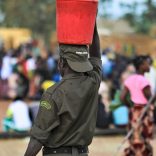
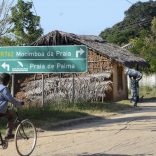
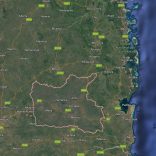
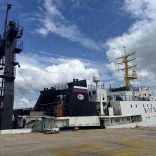

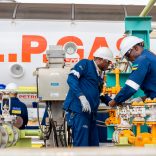

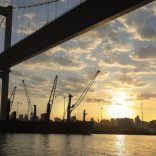

Leave a Reply
Be the First to Comment!
You must be logged in to post a comment.
You must be logged in to post a comment.